Chainsaws are highly effective tools for cutting trees, pruning branches and much more – but for them to work at their best, you need to have all the correct components. More than this, if you use the wrong bar or an ill-fitting chain, it could even be dangerous to use your chainsaw.
You should be able to find all the figures you need in your instruction manual, but if you have lost it or it is otherwise unavailable, there are a couple of ways to work it out yourself – so here, we look at how to measure a chainsaw bar.
If you want a quick preview of what we’re going to be talking about, you can check out this short video first.
Table of Contents
Why do you need to measure a chainsaw bar?
Before we talk about how to do it, let’s briefly remind ourselves of why you need to do it – why do you need to measure a chainsaw bar or chainsaw chain?
If you maintain and look after them well, chainsaws can last a long time – and this is just as true of gas-powered models, corded chainsaws and battery powered chainsaws.
However, chains and bars can become worn and will need replacing from time to time.
You may also decide you want to fit a larger or smaller bar onto your chainsaw, so you will want to know the size of the bar you are currently using to work out what size to buy as a replacement.
In either of these situations, you will need to know the length of the bar you have and the chain that goes with it. Using a bar that is too long for your chainsaw will cause the machine to struggle – and using the wrong sized chain may cause the chain to fly off, potentially causing a serious injury.
How to measure a bar manually
Measuring a chainsaw bar is extremely simple and can be done with just a tape measure. You need to measure the bar from the tip of the chain to the point where the bar enters the chainsaw body or casing.
If there is no chain on the bar, just add and extra half-inch to the measurement to compensate.
You should then round your measurement up to the nearest even number – for example, 14.5” and 15” would both be counted as 16” since you need to round both up to 16. This is known as the “called length” or sometimes the “useable length” (since this is the part of the bar you can use for cutting).
How to measure the chain
The two other measurements you need to know for the chain are the pitch and the gauge.
The pitch is the distance between three rivulets (the studs that hold the chain together) in the chain. To work out the pitch, measure the distance from the center of the first rivulet to the center of the third one and then divide by two. Common chain pitches are 3/8” or 0.325”.
The gauge of the chain refers to the width of the groove it sits in on the bar, and there is a special trick you can use to work it out. All you need is a quarter, a penny and a dime.
Clean out the groove and make sure there is no debris or gunk stuck inside and then simply try pushing the coins into the groove to see which one fits best.
- If the quarter fits best, the gauge is 0.063
- If the penny fits best, the gauge is 0.058
- If the dime fits best, the gauge is 0.050
How to find the info on the bar
Of course, there’s usually a simpler way to find all the information you need – most of the time, all these figures will be stamped on your bar. You just need to check the bar, usually close to where it is mounted, to find the pitch, gauge and length measurements you need.
Armed with these figures, you can now head to the store to buy your replacement chain or bar.
Deciding how long a bar you need
Another issue related to bar measurements is deciding how long a bar you need – you may have to consider this when buying a new chainsaw or when thinking about buying a replacement bar.
The usual guideline is to think about the diameter of the wood you most often need to cut and then add an extra two inches. For example, if you most often need to cut trees with a diameter of 10”, you will need a bar of 12”. This gives you enough bar to deal with trees of this size comfortably and with just one pass.
Remember, it is possible to cut wood with a diameter of almost twice the length of your bar by making two passes and cutting from both sides. However, this is more time consuming and, while it is fine from time to time, is not practical if you have to do it more often. In that case, you would be better off having a longer bar.
Here’s a video that goes into more detail about choosing the right guide bar for your needs.
Don’t go for a bar longer than you need
Try to avoid the temptation just to buy the longest bar you can find. While it may allow you to cut through thicker trees or other pieces of wood, if you never need anything that long, it can be counterproductive.
Longer bars are harder to manage and can even be dangerous in inexperienced hands. They are impractical for smaller pruning jobs, and chainsaws with longer bars are usually more powerful and more expensive, meaning you will be wasting your money.
Having a big, powerful chainsaw with a long bar might be good for your ego, but think about your real requirements and buy one that matches. Otherwise, you may end up regretting it later when you realize your chainsaw is way bigger than you need.
Always use the right parts for the right chainsaw
Choosing the right length of bar for your chainsaw is important if you want it to run efficiently – and ensuring you have the right length of chain will help you operate your machine with the minimum risk of having an accident.
Check your manual or bar for the measurements – but if you have lost the manual and there is nothing on the bar, you can also measure the bar and chain manually yourself.
Don’t forget to pin it!

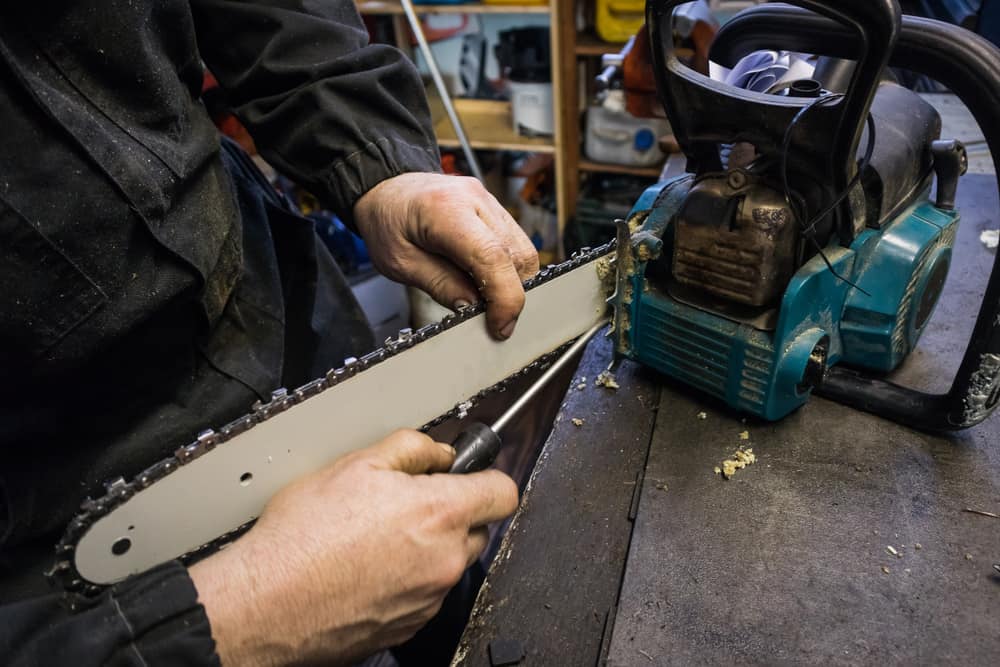
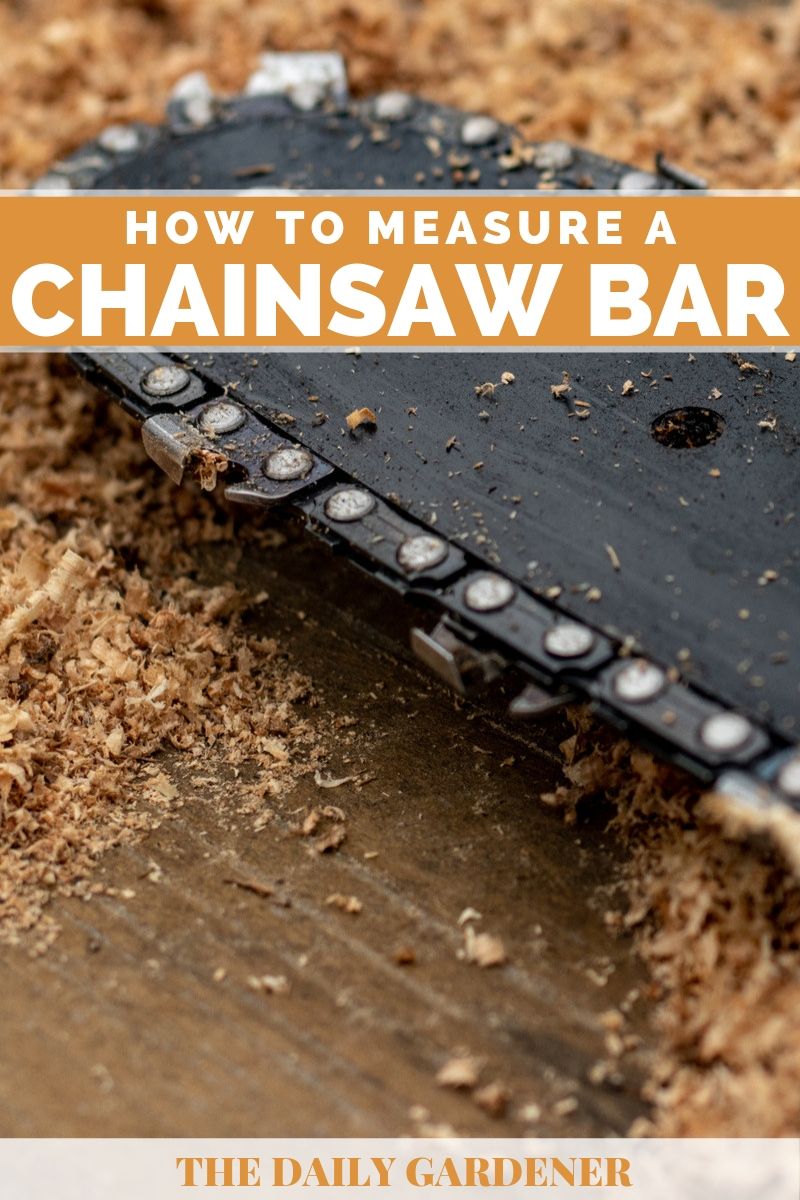
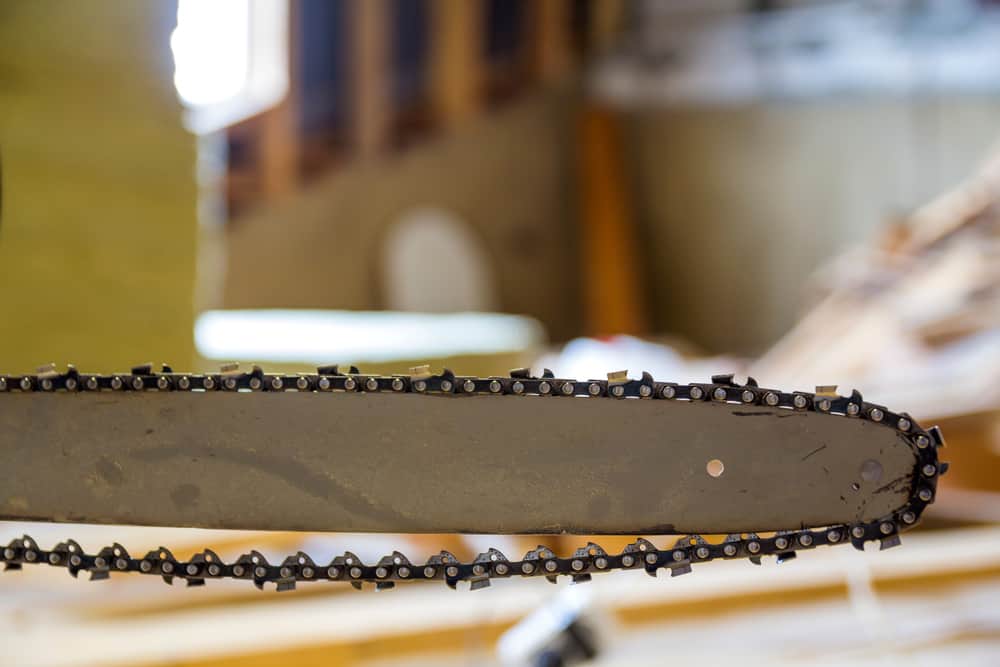
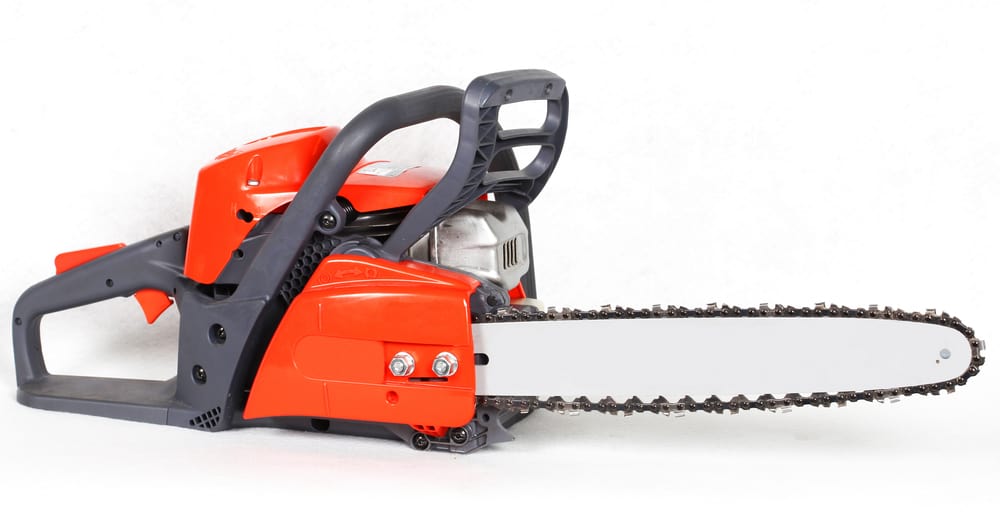
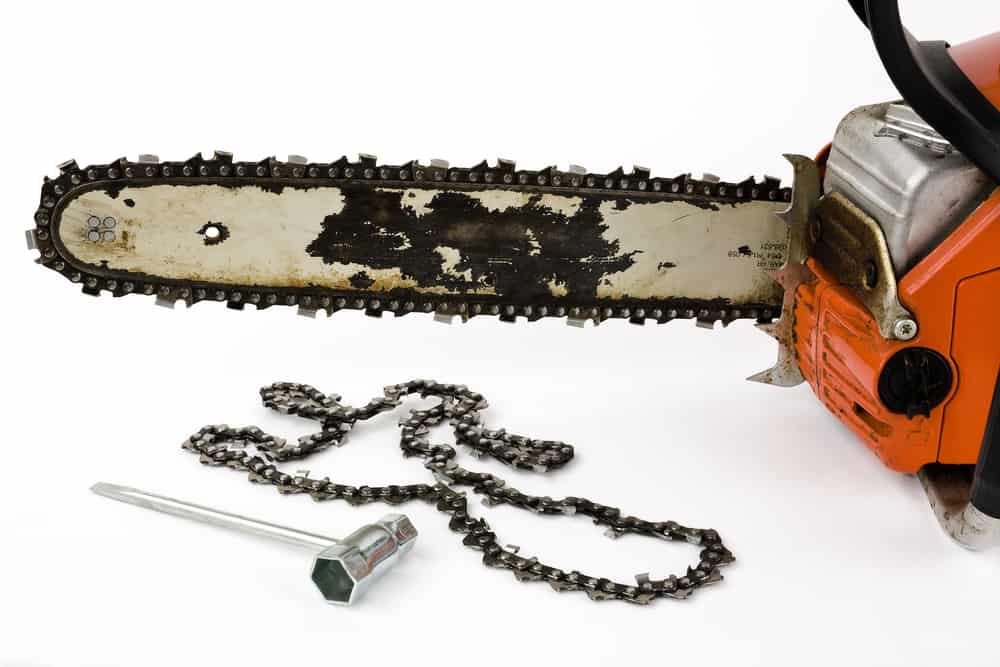
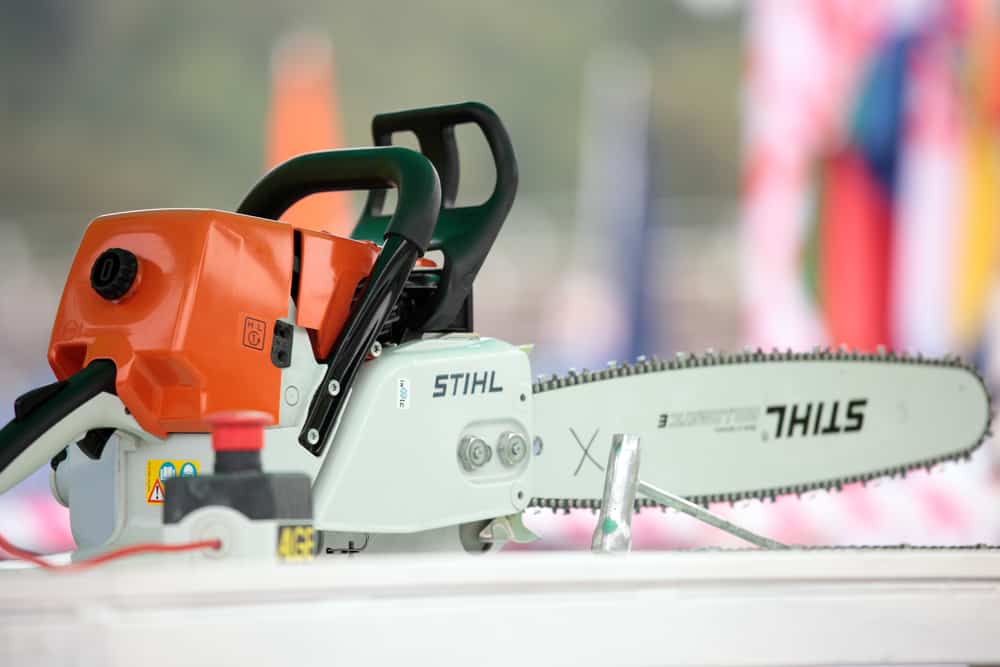
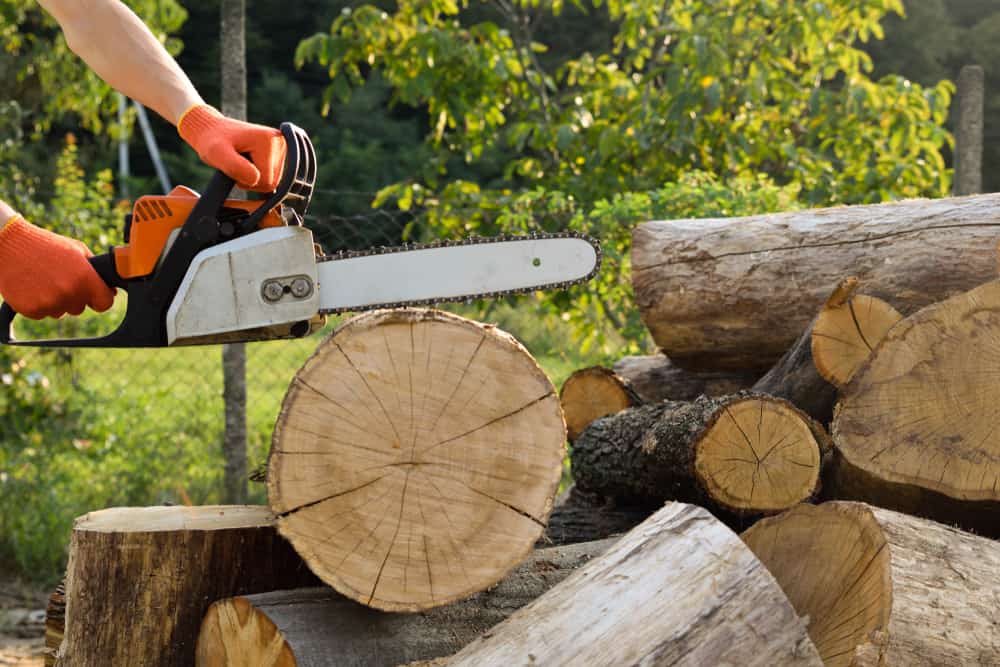
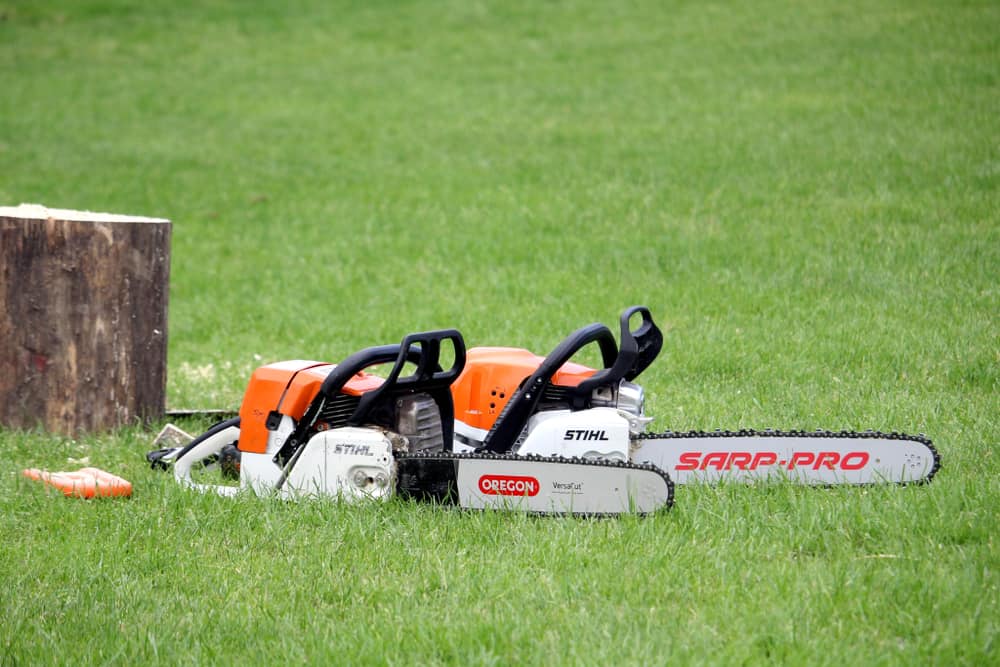
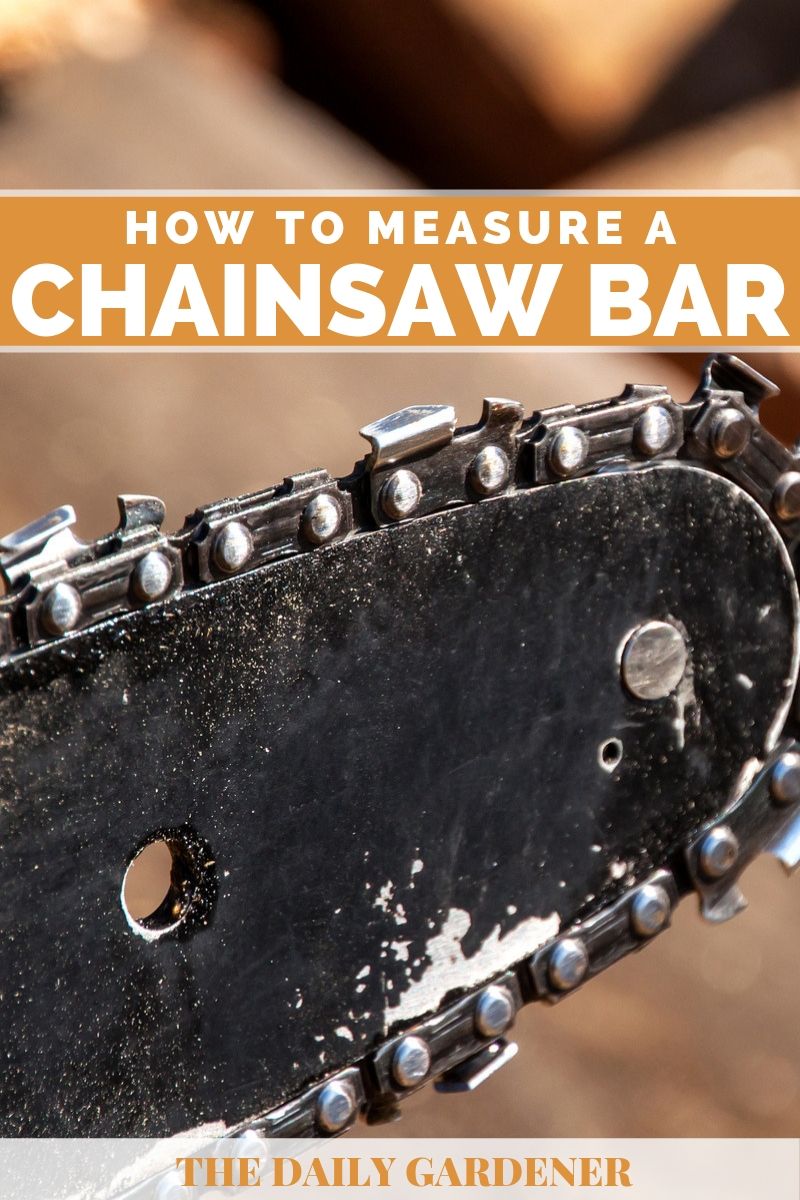
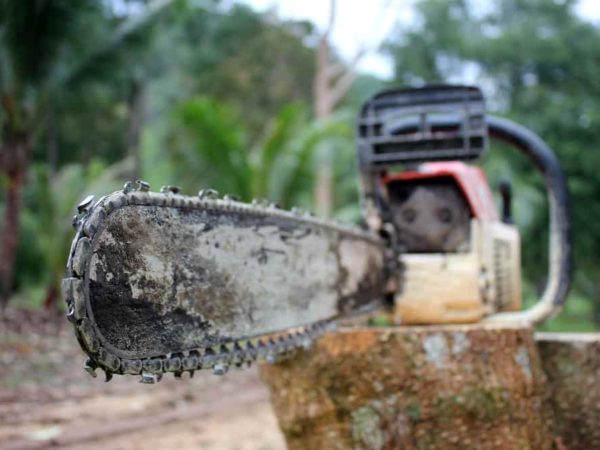
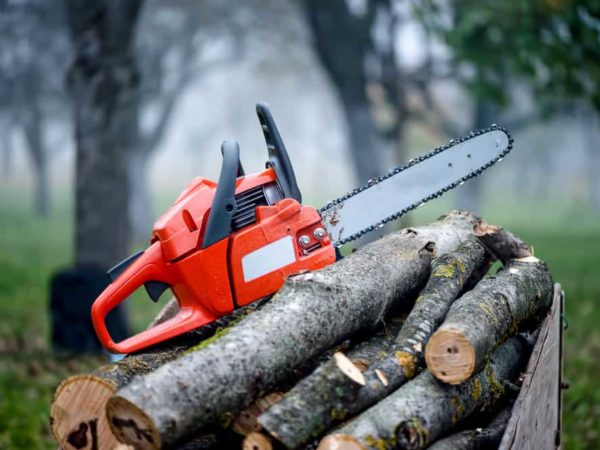
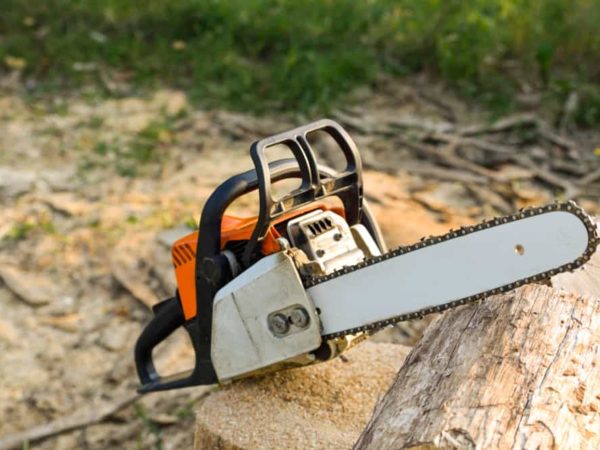
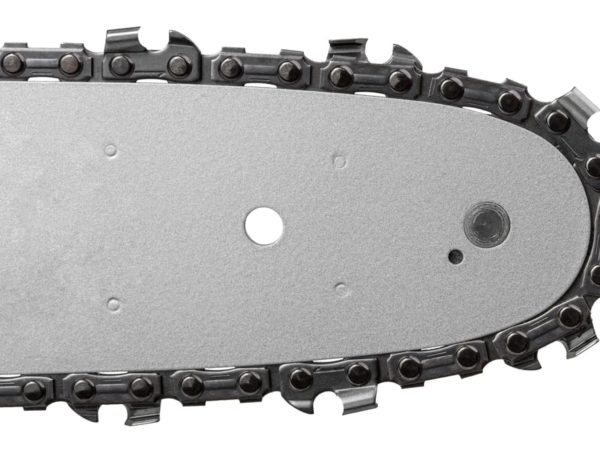
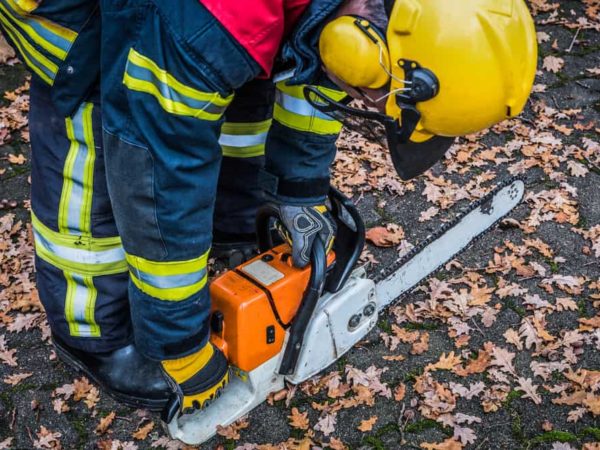
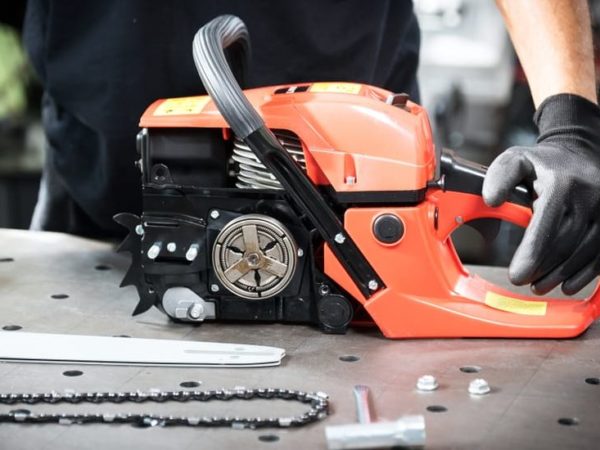
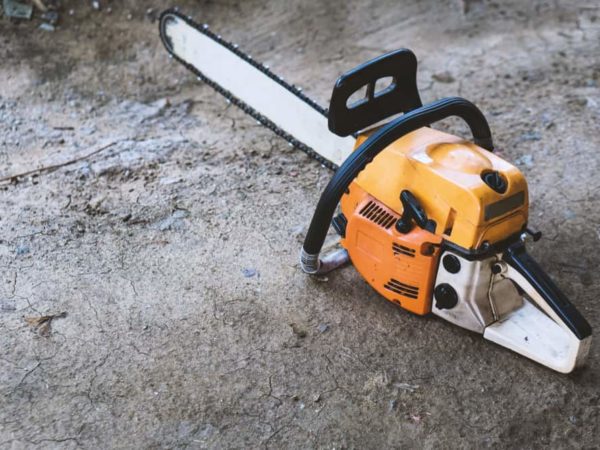
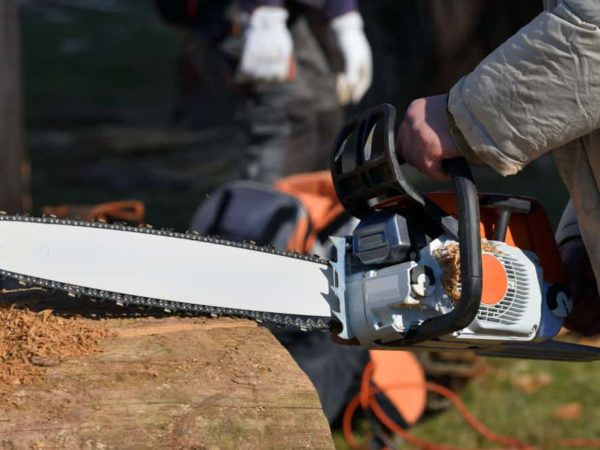
Thanks for sharing this cool post. It’s really helpful